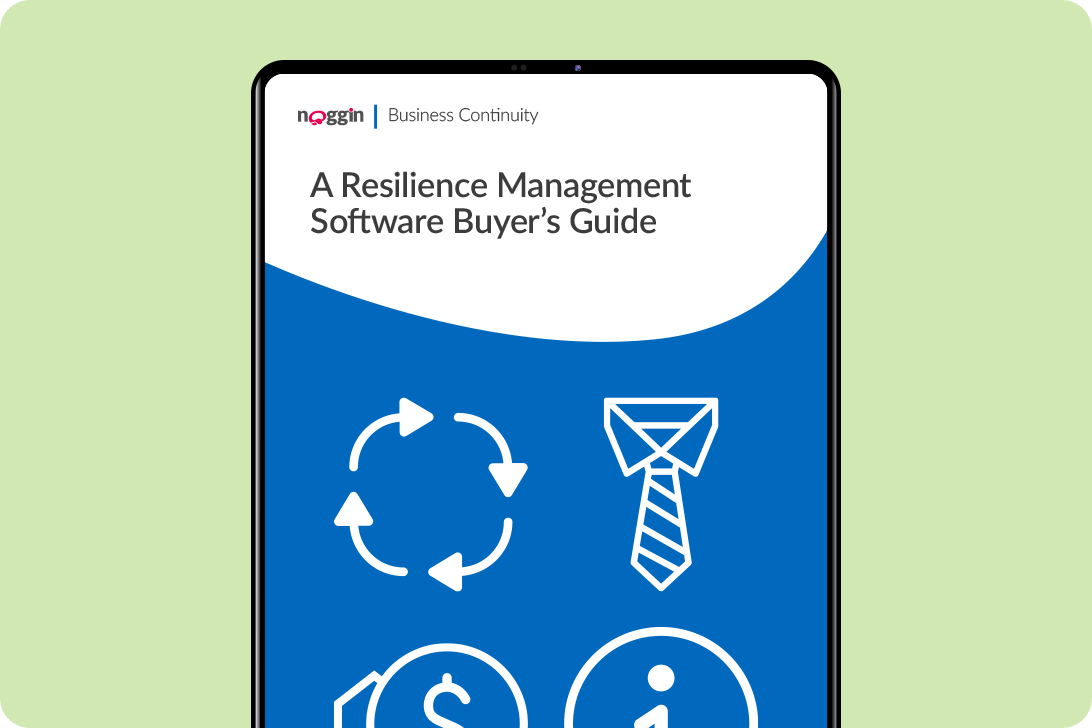Request a Demo
Fill in the form below and we will contact you shortly to organised your personalised demonstration of the Noggin platform.
Meet Noggin
An integrated resilience workspace that seamlessly integrates 10 core solutions into one, easy-to-use software platform.
The Noggin Platform
The world's leading integrated resilience workspace for risk and business continuity management, operational resilience, incident & crisis management, and security & safety operations.
Industries
Explore Noggin's integrated resilience software, purpose-built for any industry.
COVID-19 Playbook for Healthcare Providers
Best Practice Guide
The “once-in-a-generation pathogen” poses a systemic risk to the healthcare system
As of early April 2020, the coronavirus disease 2019, now known as Covid-19, has broken grim milestones yet to be seen in a generation of infectious disease history. Total confirmed cases of Covid-19 crossed the one million- person mark, according to the Coronavirus Resource Center at Johns Hopkins University of Medicine.
The U.S. alone has recorded over one quarter of a million confirmed cases and rising. European hotspots, Italy and Spain have each recorded over 100,000 confirmed cases. Other countries like the U.K., Germany, and France were seeing rising counts. And University of Sydney forecasters predicted new coronavirus cases in Australia until July 2020, with a peak in mid-April, contingent on the maintenance of strict social distancing protocols.
Although the overwhelming percentage of people who get Covid-19 only experience mild symptoms, one in six become seriously ill, according to the World Health Organization. Those numbers have carried serious implications for public health practice, as the resultant severe disease has caused hospitalization, even admission to an intensive care unit for weekslong stints.
Reporting has covered the burden that these disproportionate numbers of severe Covid-19 cases has put on healthcare systems in hard-hit areas, such as Wuhan, Lombardy, and New York City. The question for healthcare providers, whether public health agencies, hospitals, or other organizations providing care has been to anticipate how much capacity exists within their individual systems – more specifically, how quickly the spread of disease cases could saturate the numbers of available beds, face masks, and other resources.
Download the full guide to continue reading >>



